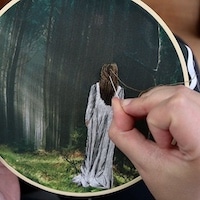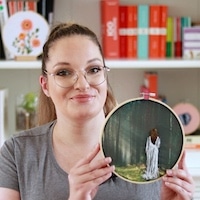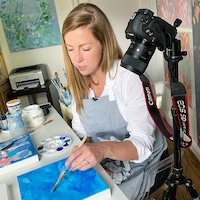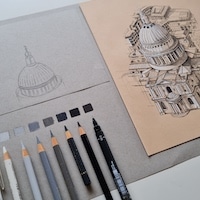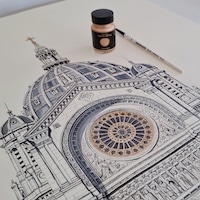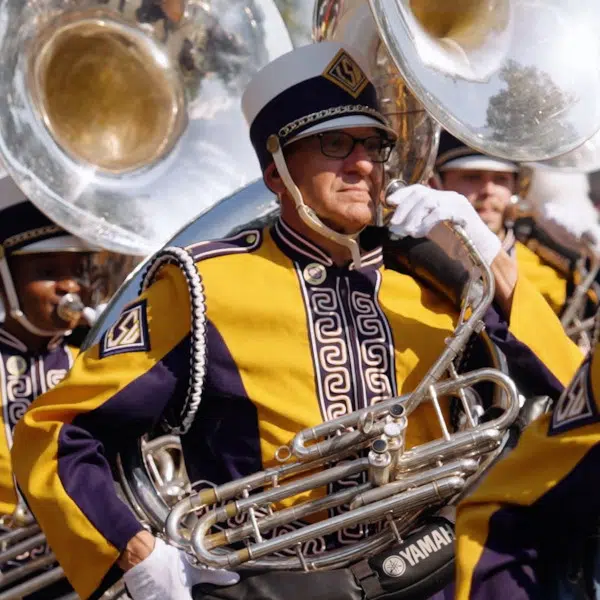Despite being known as an astrophysicist and science communicator, Neil deGrasse Tyson can wax poetic on the humanities as well. Over a decade ago, he took to Reddit for an “Ask Me Anything” (AMA) session, where he outlined the eight books that he believed “every single intelligent person on the planet” should read, including Gulliver’s Travels and The Age of Reason. During an interview with WQXR in 2017, he also expressed the difference between art and science with remarkable flair.
Perhaps unexpectedly, Tyson’s WQXR interview revolves around Gustav Holst’s The Planets, a seven-movement orchestral suite written between 1914 and 1917. Throughout, Tyson and WQXR radio host Elliott Forrest consider how the musical composition compares and contrasts with the solar system’s actual planets.
“You realize quickly that this set of seven movements was not inspired by the planets themselves, but by the mythology that surrounds them,” Tyson explains. “[Holst] really should have called them The Gods, but he called them The Planets. And that’s good enough for me to embrace it.”
Inevitably, the conversation turns philosophical. How alike, Forrest prompts Tyson, are the emotions inspired by science and art? In many ways, of course, art and science are two sides of the same coin. Both involve the exhilaration of discoveries, the meticulous methodology required to achieve specific results, the creativity to think and experiment beyond convention, and a deep sense of wonder. Tyson acknowledges those similarities, yet points out a crucial difference, being the question of originality.
“I can discover something about the universe, but if I didn’t do it, somebody else after me will discover that exact same thing,” Tyson explains. “Whereas in the arts, what you create, no one who was ever born before you or who will be born from your death onwards, will ever compose the same thing you did.”
Tyson adds that art offers a “unique expression of the individual,” while science serves as the “discovery of the preexisting conditions of nature.”
“Each requires a certain level of creativity to make those discoveries,” he soon clarifies. “At the end of the day, consider the expression: he’s got it down to a science. The other side of that is: he’s raised it to an art.”
To listen to the full episode, which originally aired on May 9, 2017, visit the WQXR website.
For astrophysicist Neil deGrasse Tyson, the difference between art and science comes down to originality, according to a 2017 interview with WQXR.

Neil deGrasse Tyson in 2023. (Photo: ARPAE Energy via Wikimedia Commons, CC 2.0)
“What you create, no one who was ever born before you or who will be born from your death onwards, will ever compose the same thing you did,” Tyson explains. “Art is the unique expression of the individual.”
View this post on Instagram
Sources: The Planets with Neil deGrasse Tyson; Two Sides of the Same Coin: Neil deGrasse Tyson on Art and Science
This article has been edited and updated. An earlier version had misspelled WQXR.
Related Articles:
Albert Einstein’s 1915 Letter to His Son Reveals the Key To Learning
Your Brain on Books: Scientists Reveal What Happens in Our Heads When We Read



















